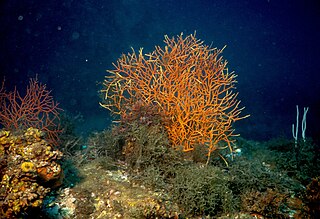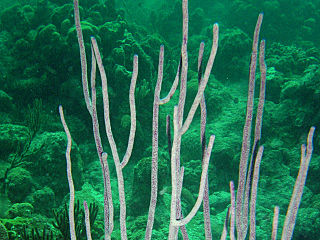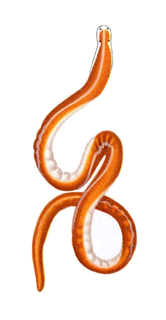
The Punnett square is a square diagram that is used to predict the genotypes of a particular cross or breeding experiment. It is named after Reginald C. Punnett, who devised the approach in 1905. The diagram is used by biologists to determine the probability of an offspring having a particular genotype. The Punnett square is a tabular summary of possible combinations of maternal alleles with paternal alleles. These tables can be used to examine the genotypical outcome probabilities of the offspring of a single trait (allele), or when crossing multiple traits from the parents. The Punnett square is a visual representation of Mendelian inheritance. It is important to understand the terms "heterozygous", "homozygous", "double heterozygote", "dominant allele" and "recessive allele" when using the Punnett square method. For multiple traits, using the "forked-line method" is typically much easier than the Punnett square. Phenotypes may be predicted with at least better-than-chance accuracy using a Punnett square, but the phenotype that may appear in the presence of a given genotype can in some instances be influenced by many other factors, as when polygenic inheritance and/or epigenetics are at work.

Reginald Crundall Punnett FRS was a British geneticist who co-founded, with William Bateson, the Journal of Genetics in 1910. Punnett is probably best remembered today as the creator of the Punnett square, a tool still used by biologists to predict the probability of possible genotypes of offspring. His Mendelism (1905) is sometimes said to have been the first textbook on genetics; it was probably the first popular science book to introduce genetics to the public.
Case Ian Punnett is an American radio broadcaster, author, professor, and Episcopal deacon.

Heritage Mill, or Beard's Mill is a grade II listed smock mill at North Chailey, Sussex, England, which is maintained as a landmark and open to the public.

Blackdown Mill or Cherry Clack Mill is a grade II listed smock mill at Punnetts Town, East Sussex, England, which has been restored.

Leptogorgia is a genus of soft coral in the family Gorgoniidae. The genus has a widespread distribution with members being found in the eastern Atlantic Ocean from Western Europe to South Africa, the Mediterranean Sea, the Atlantic coasts of North and South America, the Antilles and the Pacific coast of America. Species are found in both shallow and deep waters.

Ellisella, commonly known as sea whip, is a genus of soft coral in the family Ellisellidae.

Punnett's Town is a village in the Wealden district of East Sussex. The main street is Battle road, which is part of the B2096 road.

Amphiporidae is a family of ribbonworms belonging to the order Hoplonemertea.
Cratenemertidae is a family of worms belonging to the order Hoplonemertea.
Drepanophoridae is a family of worms belonging to the order Hoplonemertea.
Paradrepanophoridae is a family of worms belonging to the order Polystilifera.
Brinkmanniidae is a family of worms belonging to the order Polystilifera.
Drepanobandidae is a family of worms belonging to the order Polystilifera.
Drepanogigantidae is a family of worms belonging to the order Polystilifera.

Tetrastemmatidae is a family of worms belonging to the order Monostilifera.
Siboganemertidae is a family of worms belonging to the order Polystilifera.

Baseodiscus is a genus of nemerteans belonging to the family Valenciniidae.
Diplopleura is a genus of nemerteans belonging to the family Lineidae.
Valdivianemertes is a genus of nemerteans belonging to the family Cratenemertidae.









